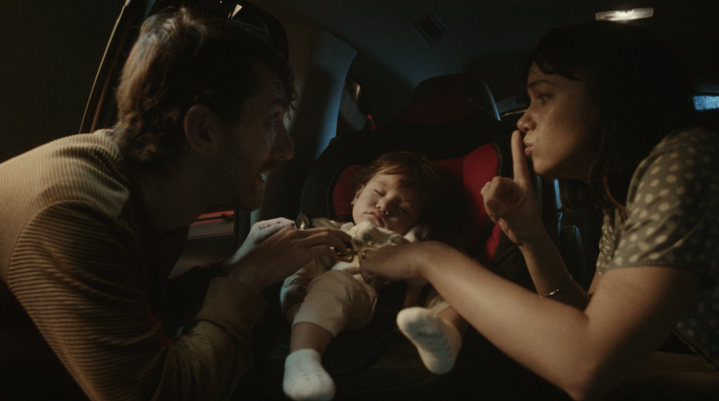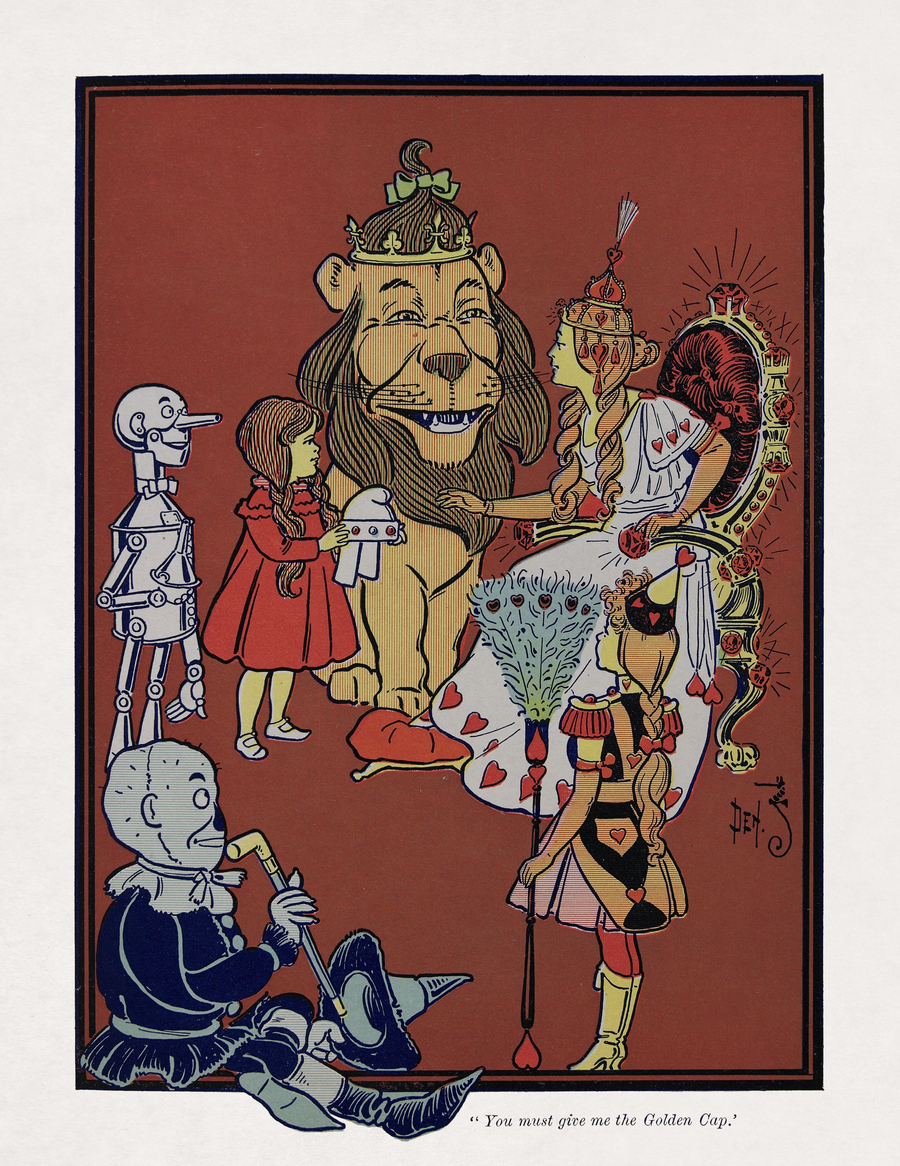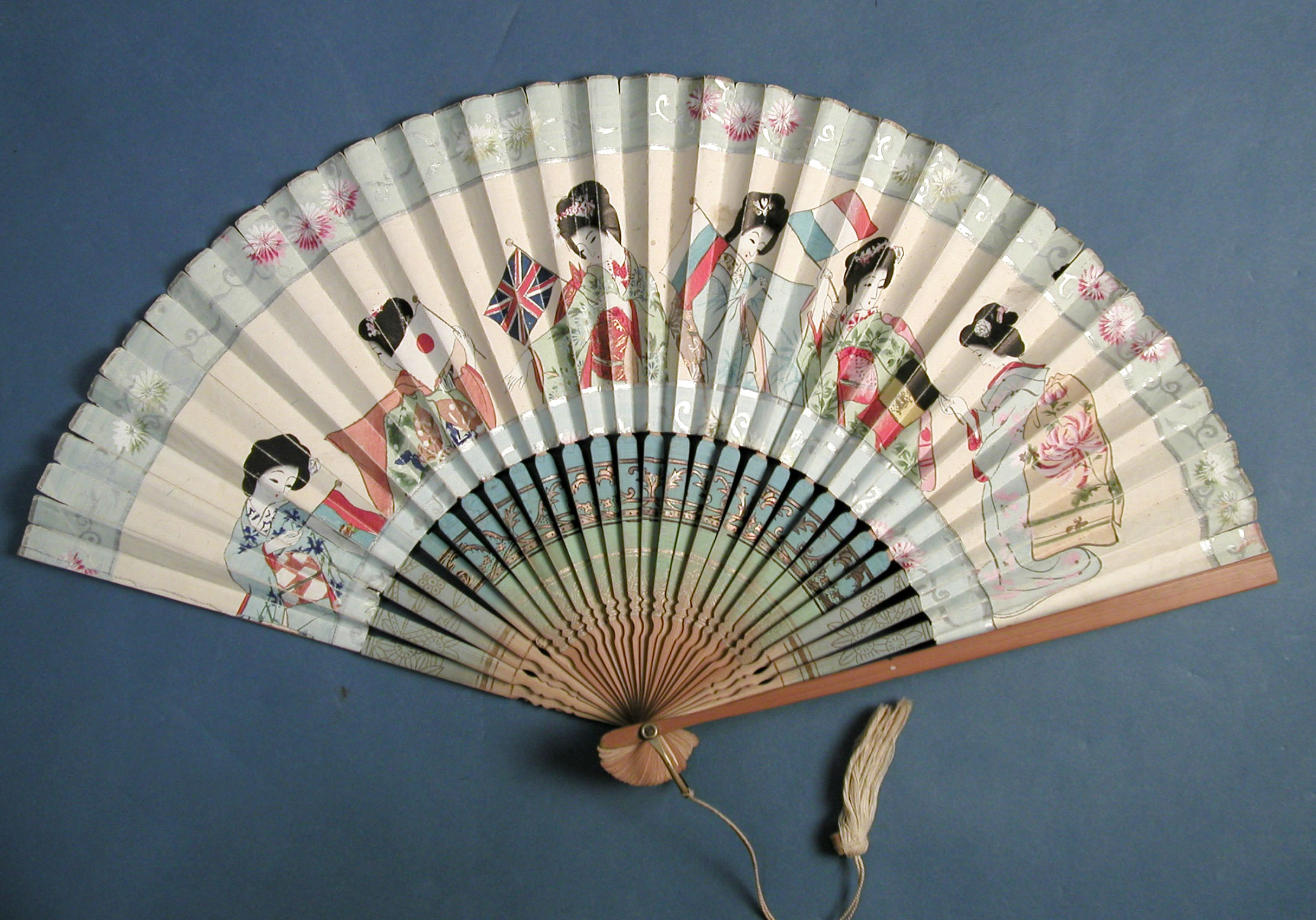Don Draper: Gentlemen, before you leave, can I just say something?
Agency head Roger Sterling: I don’t know, Don. Can you?
Don: [To the clients] The Federal Trade Commission and Readers Digest have done you a favor. They’ve let you know that any ad that brings up the concept of cigarettes and health together…well, it’s just going to make people think of cancer.
[Client] Lee Sr.: [Sarcastically] Yes, and we are grateful to them.
Don: But what Lee Jr. said is right. You can’t make those health claims. Neither can your competitors.
Lee Sr.: So…we got a lotta people not sayin’ anything that sells cigarettes.
Don: Not exactly. This is the greatest advertising opportunity since the invention of cereal. We have six identical companies making six identical products. We can say anything we want. [Pointing to Lee Jr.] How do you make your cigarettes?
[Client] Lee Jr.: I don’t know.
Lee Sr. Shame on you. We breed insect-repellant tobacco seeds. Plant ’em in the North Carolina sunshine. Grow it, cut it, cure it, toast it —
Don: There you go. [He writes “It’s Toasted” on the blackboard.]
Lee Jr.: But everybody else’s tobacco is toasted.
Don: No. Everybody else’s tobacco is poisonous. Lucky Strike’s is toasted.
Sterling: [Triumphant.] Well, gentlemen, I don’t think I have to tell you what you just witnessed here.
Lee Jr.: [Hesitant.] I think you do.
Don: Advertising is based on one thing: happiness. And you know what happiness is? Happiness is the smell of a new car. It’s freedom from fear. It’s a billboard on the side of the road that screams with reassurance: whatever you’re doing, it’s okay. You…are…okay.
Lee Sr.: “It’s toasted.” I get it.
Of course, “It’s toasted”
actually was Lucky Strike’s slogan in the late fifties: the show generally stops at nothing in its pursuit of verisimilitude and has been justly praised for getting every period detail right. (In the third episode, when the creative team is shown sniping at a
Doyle Dane Bernbach Volkswagen ad, the dialog establishes that “Lemon” was the second in a series that began the previous year with “Think Small.” That’s accuracy!) The model for Don Draper the adman in this case is
Rosser Reeves, the Ted Bates copywriter who invented the idea of the Unique Selling Proposition. The key to Don Draper the character, however, is that speech about happiness. It’s an illusion that he’s as desperate to sell to himself as anyone else.
It’s been
observed, correctly, that the creative output of Sterling Cooper, which is barely ever shown being developed, more or less stinks. As
George Lois told the
New York Times: “When I hear ‘Mad Men,’ it’s the most irritating thing in the world to me. When you think of the ’60s, you think about people like me who changed the advertising and design worlds. The creative revolution was the name of the game. This show gives you the impression it was all three-martini lunches.” But Don Draper doesn’t work at DDB or Papert Koenig Lois. Sterling Cooper is an old-school agency, and in 1960 big establishment agencies ran on smooth presentations, fastidious account handling, and, actually, three-martini-lunches. (Find a used copy of Jerry Della Femina’s
From Those Wonderful Folks Who Gave You Pearl Harbor if you have any doubt.)
There is one outright creative triumph in the series, and it’s from the hands of secretary-turned-fledging-copywriter Peggy Olsen, played by the brilliant Elisabeth Moss. Peggy’s first day at Sterling Cooper is our introduction to the show, and her story, along with Don’s, provides a connective thread throughout the first season. In what is seen as a surprising turn of events, humble Peggy comes up with an idea for Belle Jolie Cosmetics: each ad shows a single tube of lipstick, a portrait of a couple, and the headline
Mark Your Man. For Sterling Cooper, this is as good as it gets. In another of the best scenes from the series, an account guy presents it to a grumpy-looking client (while Peggy waits nervously outside) and gets a response that will sound numbingly familiar to most creative people.
Client: I only see one lipstick in your drawing. Women want colors. Lots and lots of colors.
Jr. Client: “Mark Your Man.” It’s pretty cute.
Client: Oh, you like this? Well, maybe we should cut down to five shades, or one.
[Account Exec] Ken Cosgrove: I’m not telling you to listen to anyone, but this is a very fresh approach.
Don: It’s okay, Kenny. I don’t think there’s much else to do here but call it a day. [Rises and extends his hand.] Gentlemen, thank you for your time.
Client: [Baffled.] Is that all?
Don: You’re a nonbeliever. Why should we waste time on kabuki?
Client: I don’t know what that means.
Don: It means that you’ve already tried your plan, and you’re number four. You’ve enlisted my expertise and you’ve rejected it to go on the way you’ve been going. I’m not interested in that. You can understand.
Client: I don’t think your three months or however many thousands of dollars entitles you to refocus the core of our business —
Don: Listen. I’m not here to tell you about Jesus. You already know about Jesus. He either lives in your heart or He doesn’t. [Cut to Don’s colleagues, who look alarmed. Don bears down with his argument. He never raises his voice.] Every woman wants choices. But in the end, none wants to be one of a hundred in a box. She’s unique. She makes the choices and she’s chosen him. She wants to tell the world, he’s mine. He belongs to me, not you. She marks her man with her lips. He is her possession. You’ve given every girl that wears your lipstick the gift of total ownership.
[Pause. The client looks at Don, then at the ads, then at Don again.]
Client: [Quietly.] Sit down.
Don: No. [Evenly.] Not until I know I’m not wasting my time.
Client: [Conceding.] Sit down.
Jesus God in heaven! Not until I know I’m not wasting my time! From the minute Don launched his this-meeting-is-over bluff, I was on the edge of my seat, and my lovely wife Dorothy will tell you that I literally clapped my hands at that line. For me, this sequence is as close to pornography as I ever get to see on basic cable.
The climax of the season’s final episode, “The Wheel,” is a competitive
pitch for, of all things, a naming assignment. Kodak has invented a high-tech new device to project slides, and two bland-looking suits show up to see if Sterling Cooper has come up with something to call it. Then begins one of the most emotional scenes I’ve ever seen on television, delivered by an actor portraying a man so consumed with self-doubt and self-deceit that we wonder if he himself understands what he’s selling.
Don: Well, technology is a glittering lure. But there is the rare occasion when the public can be engaged on a level beyond flash, if they have a sentimental bond with the product. My first job, I was in house, at a fur company. This old pro copywriter, Greek, named Teddy. And Teddy told me the most important idea in advertising is “new.” It creates an itch. You simply put your product in there as a kind of calamine lotion. But he also talked about a deeper bond with the product: nostalgia. It’s delicate. But potent.
[He asks for the lights out, turns on the projector, and begins showing slides. Whirr. Click. I remember that sound myself!]
Teddy told me that in Greek, nostalgia literally means “the pain of an old wound.” It’s a twinge in your heart, far more powerful than memory alone.
[Don shows slides of his wife, his children, picnics, celebrations, family moments.]
This device isn’t a spaceship. It’s a time machine. It goes backwards. Forwards. It takes us to a place where we ache to go again. It’s not called The Wheel. It’s called The Carousel. It lets us travel the way a child travels, around and around, and back home again, to a place where we know we are loved.
[The slide reads, “Kodak introduces Carousel.” The lights come up. One of the agency guys is weeping and rushes out of the room. The would-be clients look stunned.]
[New Business Guy] Duck Phillips: Good luck at your next meeting.
Although the pitches are the high points for me, the world of Mad Men is rich and complex. There are wives, mistresses, neighbors, colleagues, competitors, clients and kids, all caught in a complicated, entirely believable web of relationships. Like a lot of people, I tuned into Mad Men a year ago out of professional curiosity, was immediately intrigued by the incredible production design, but ultimately got hooked on the human stories.
The last season ends on Thanksgiving Eve, 1960. The characters stand at the threshold of a decade where everything is going to change in ways they can’t imagine. The song over the last episode’s final credits is Bob Dylan’s 1963 “
Don’t Think Twice, It’s All Right.” One assumes the anachronism, and the irony, are both very much intentional.









